Miraculously Saved From Destruction A hidden gem of architecture and fresco painting
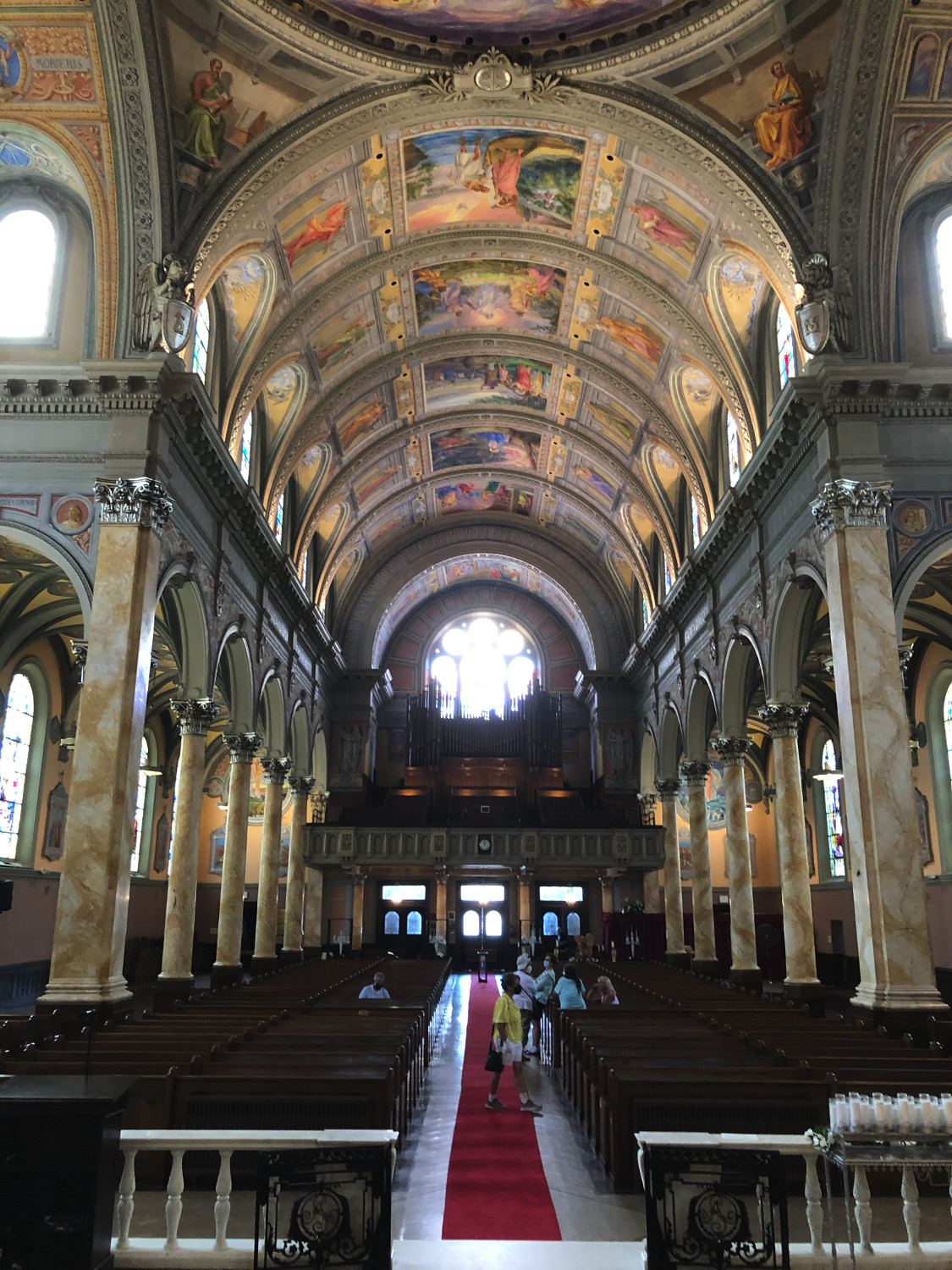
I’m amazed I even saw the sign as I was driving by.
It was just a small brown plaque – no more than a foot tall – next to the entry to the church, and the only words that registered in the corner of my eye were “Largest” and “Frescoes”.
But that was enough to pique my curiosity.
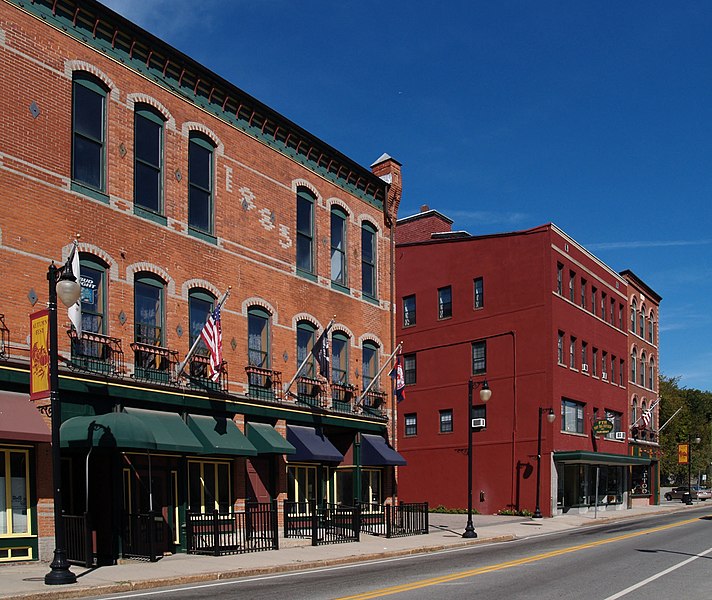
Woonsocket, Rhode Island is an archetypal New England mill town just north of Providence, the state capitol, and about an hour from Boston.
Prosperous and successful in the 19th and early 20th centuries, it fell on hard times from which it has never recovered, and continues to struggle to find its way.
Despite its woes, the city still has flashes of past glory bursting out from the urban rot and decay – beautiful 19th century brickwork in the commercial center, fascinating and muscular industrial architecture in the mill buildings that still remain, and above all, a host of elegant and graceful churches.
I was in town to visit a relative, who – despite having been born in Woonsocket – had never been inside this church and knew nothing about the frescoes.
A quick search online revealed what was there, and we decided to go see it at once.
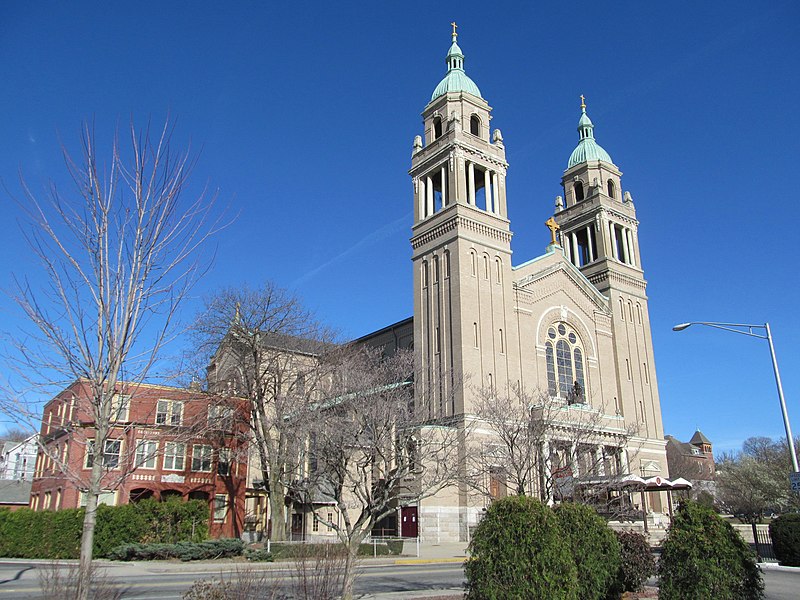
From the street, St. Ann’s church is impressive enough – an Italianate stone facade flanked by large symmetrical bell towers. Built in 1913, it was the neighborhood parish church for a community of mostly French-Canadian mill workers and their families.
But that small brown plaque that I’d seen out of the corner of my eye driving by revealed the real significance of the place – “The Largest Collection of Frescoes in North America”.
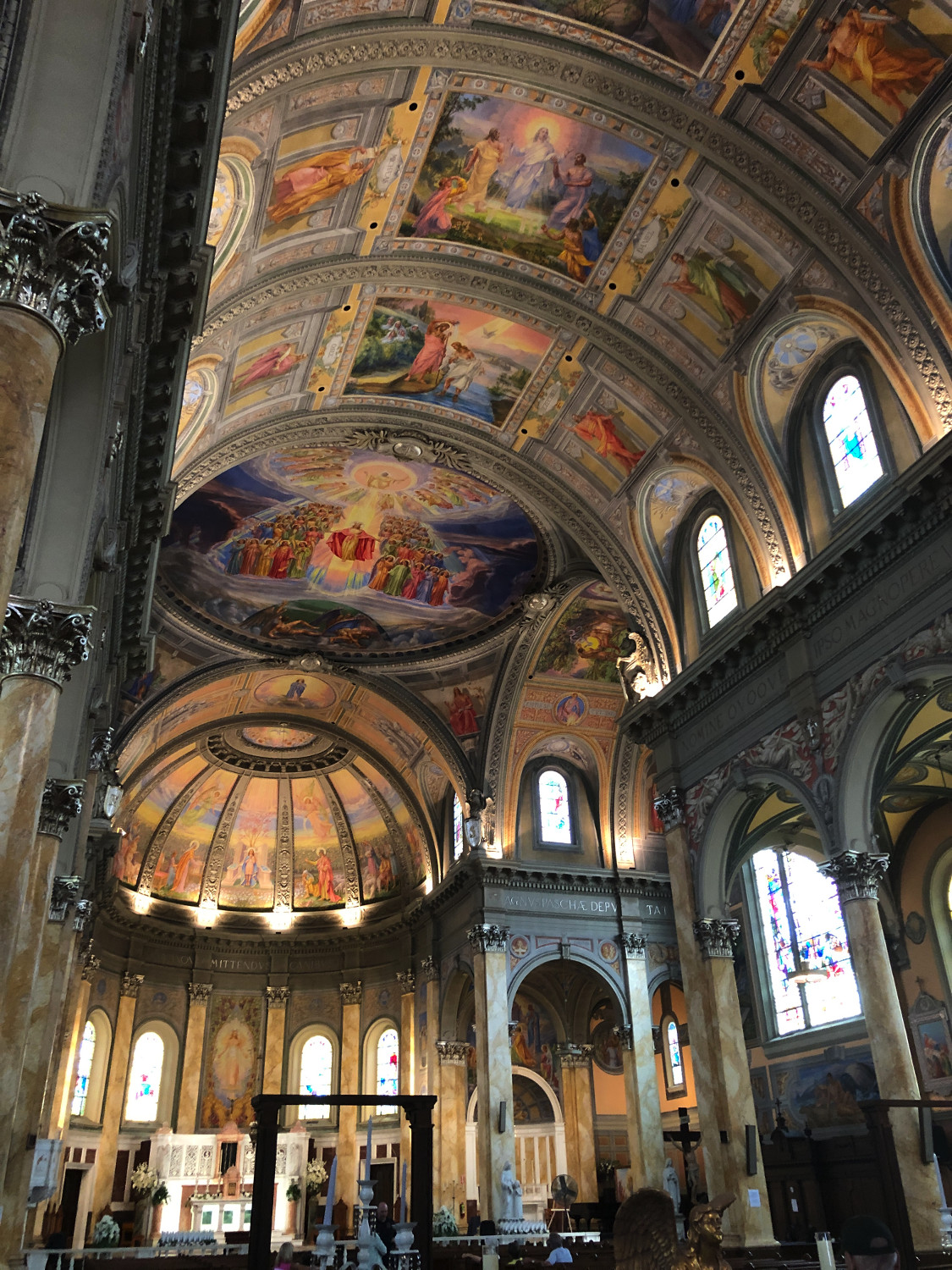
Stepping inside, I was awestruck.
Dumbfounded.
Delighted.
Stretching before me was an explosion of color and light set in a jewel box of Renaissance architecture.
Nearly every surface of the church interior is covered in Biblical scenes executed in fresco – a notoriously tricky and unforgiving technique in which paint is applied directly onto a layer of fast-drying wet plaster.
It is a head-spinning vortex of graceful figures and vibrant colors – and it provokes a swift and powerful response in the viewer – exactly as it was meant to do.
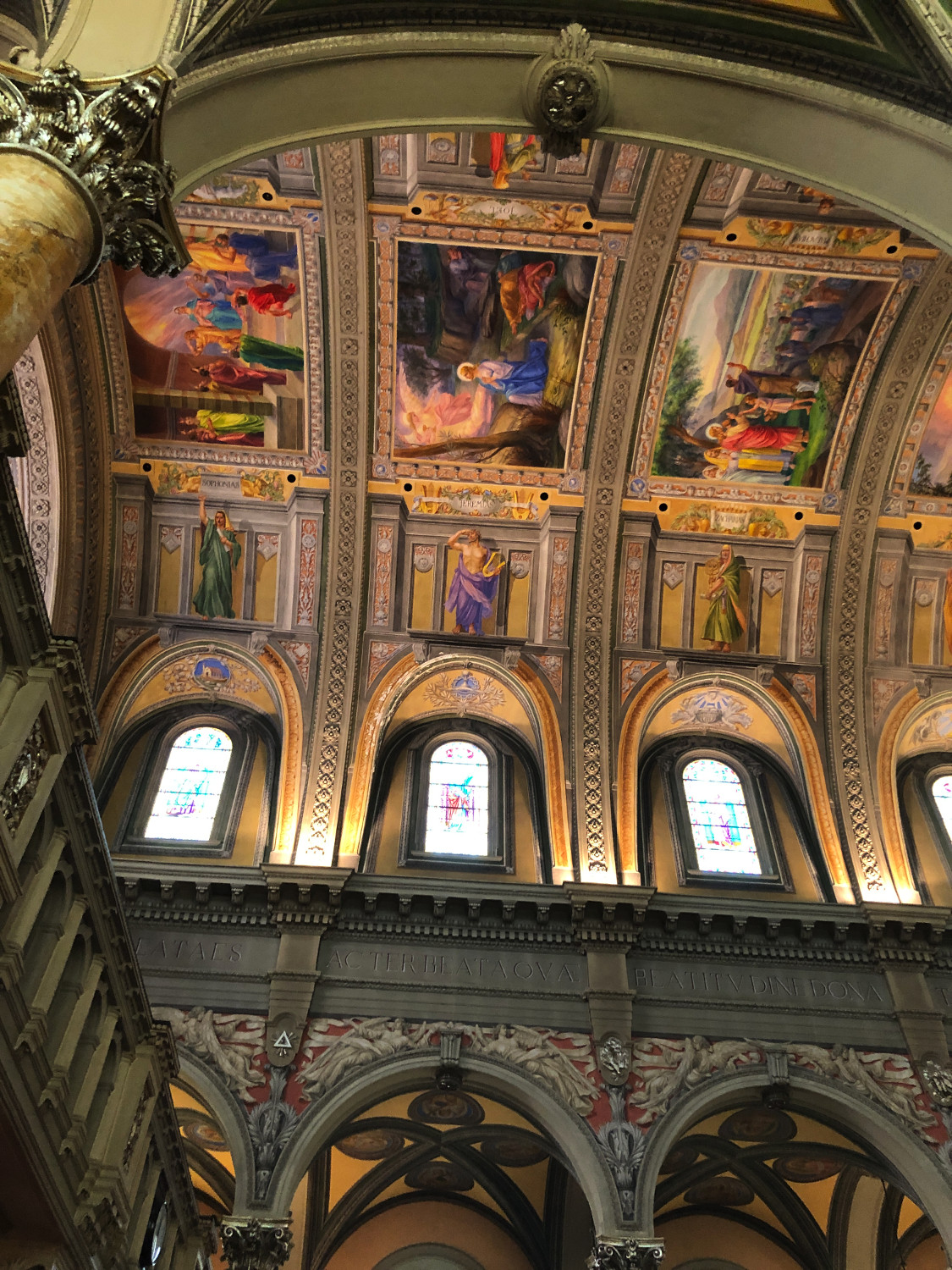
The technique used here is the same as Michelangelo used for the Sistine Chapel – in fact, this church describes itself as the “Sistine Chapel of America” – and it’s actually a little larger than the Sistine Chapel.
Honestly, the boast is not that far off the mark, at least in terms of the immediate visceral power of the experience.
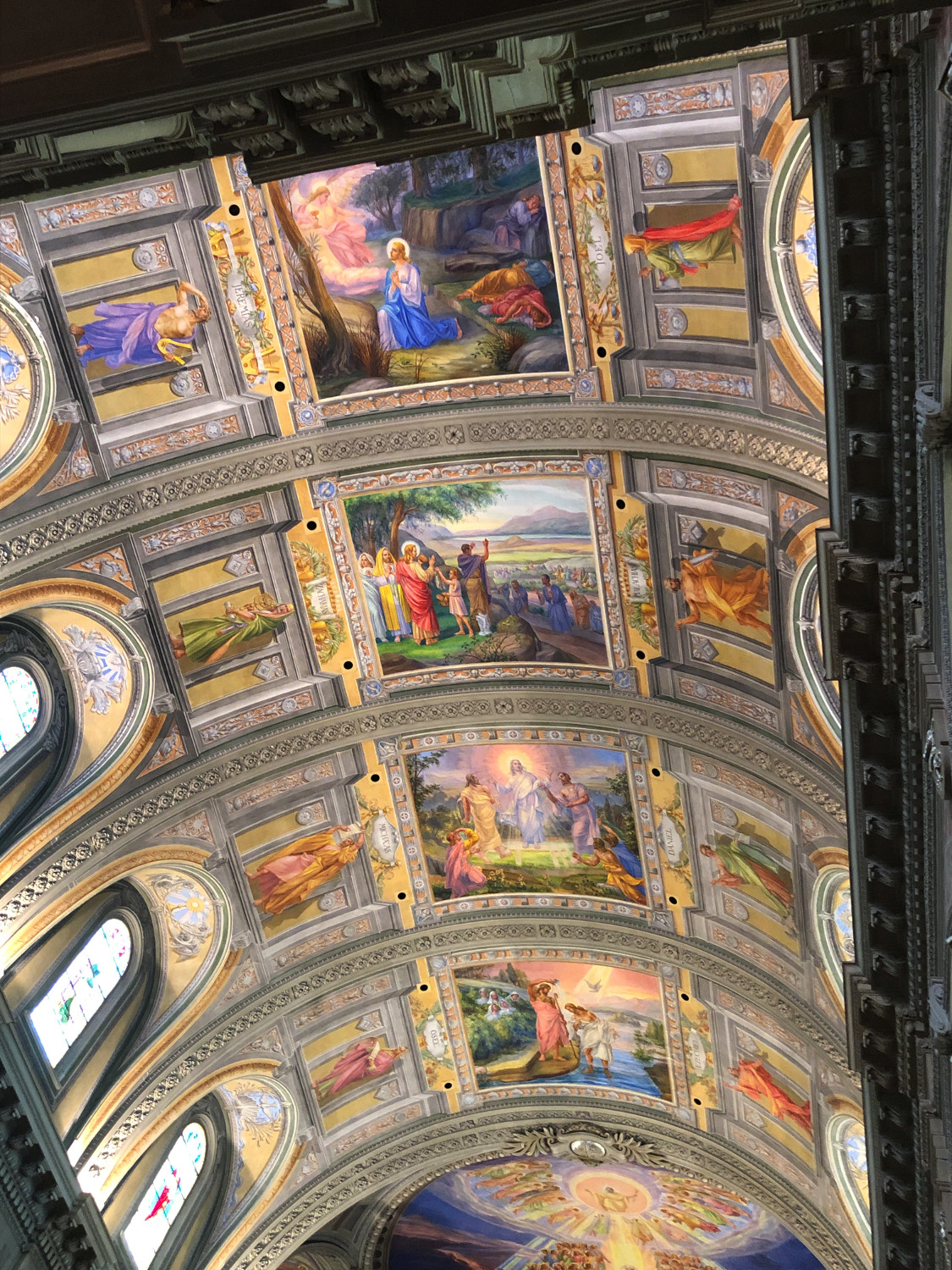
The artist, Guido Nincheri (1885-1973), may not be a household name – I had never heard of him – but he created a stunning, stunning masterpiece here over the course of 8 years of work.
And a moving detail is that this project was entirely financed by small contributions from the church community, and the artist used parishioners – including many children – as the models for the figures.
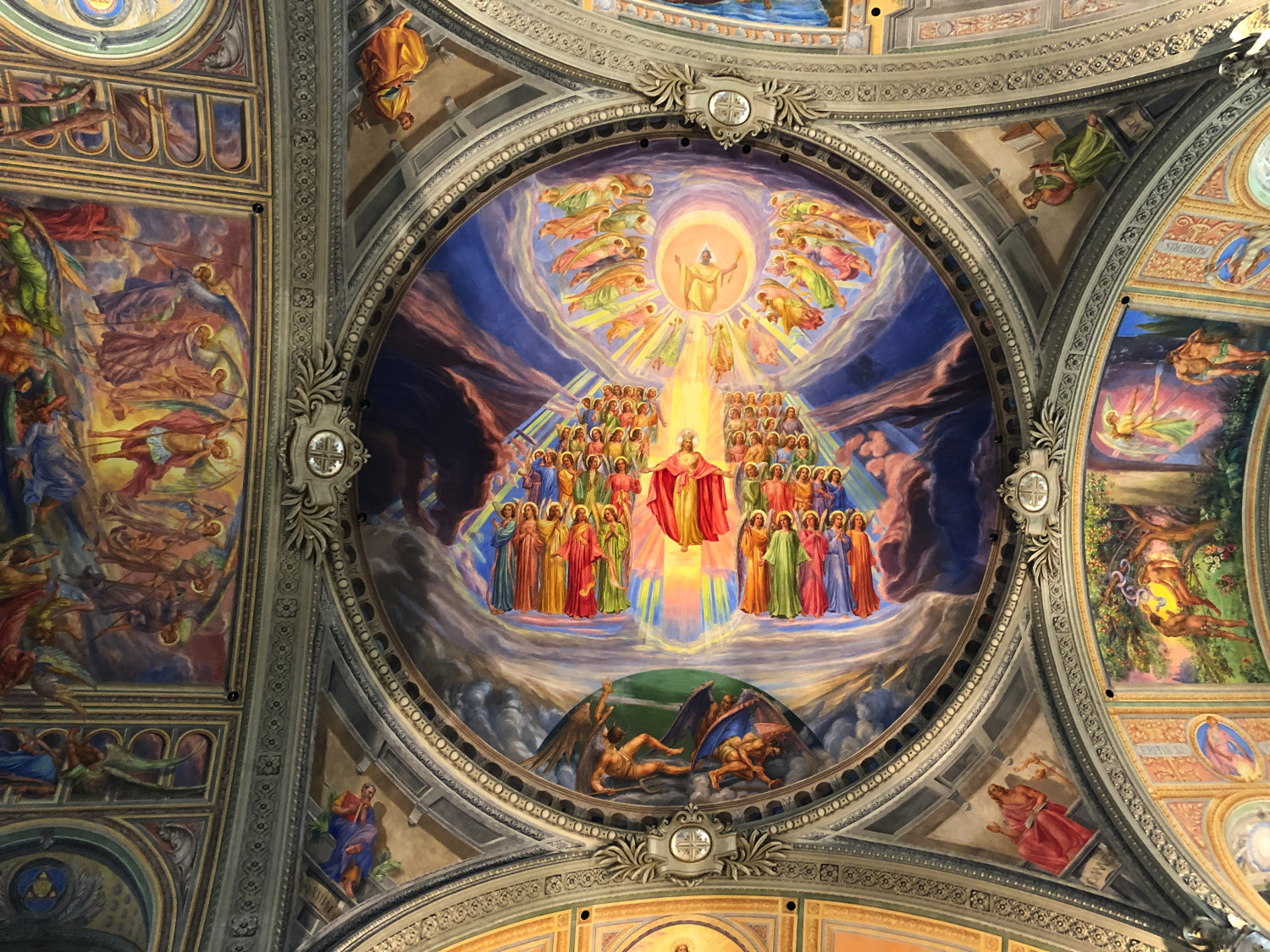
Over time, church attendance dwindled, parishes were consolidated, and in 2000 the church was closed and deconsecrated.
Unbelievably, it was slated for destruction, but a fiercely devoted group of conservationists saved this great cultural treasure from the wrecking ball.
Today it operates as a small museum and cultural center run entirely by volunteers dedicated to the preservation and conservation of the church and artistic heritage it safeguards.
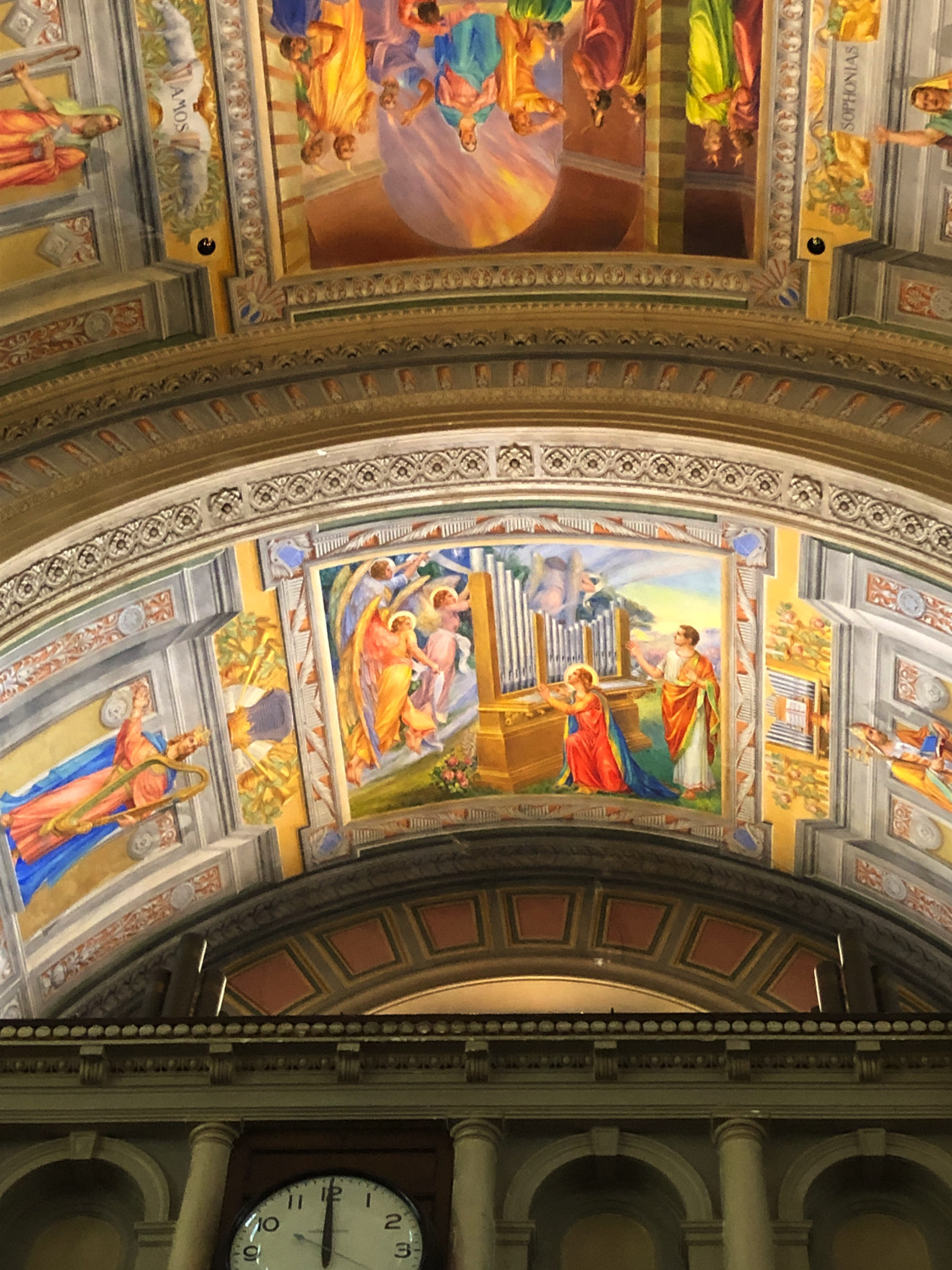
What I find so touching is not just the quality and the experience of the work itself, but that this masterpiece grew organically out of the community it was meant to serve – the worshippers that paid for it, modeled for it, and ultimately experienced it every week – many of them for their entire lives.
Great art makes us better people – we should all be so fortunate to live in such regular contact with it.
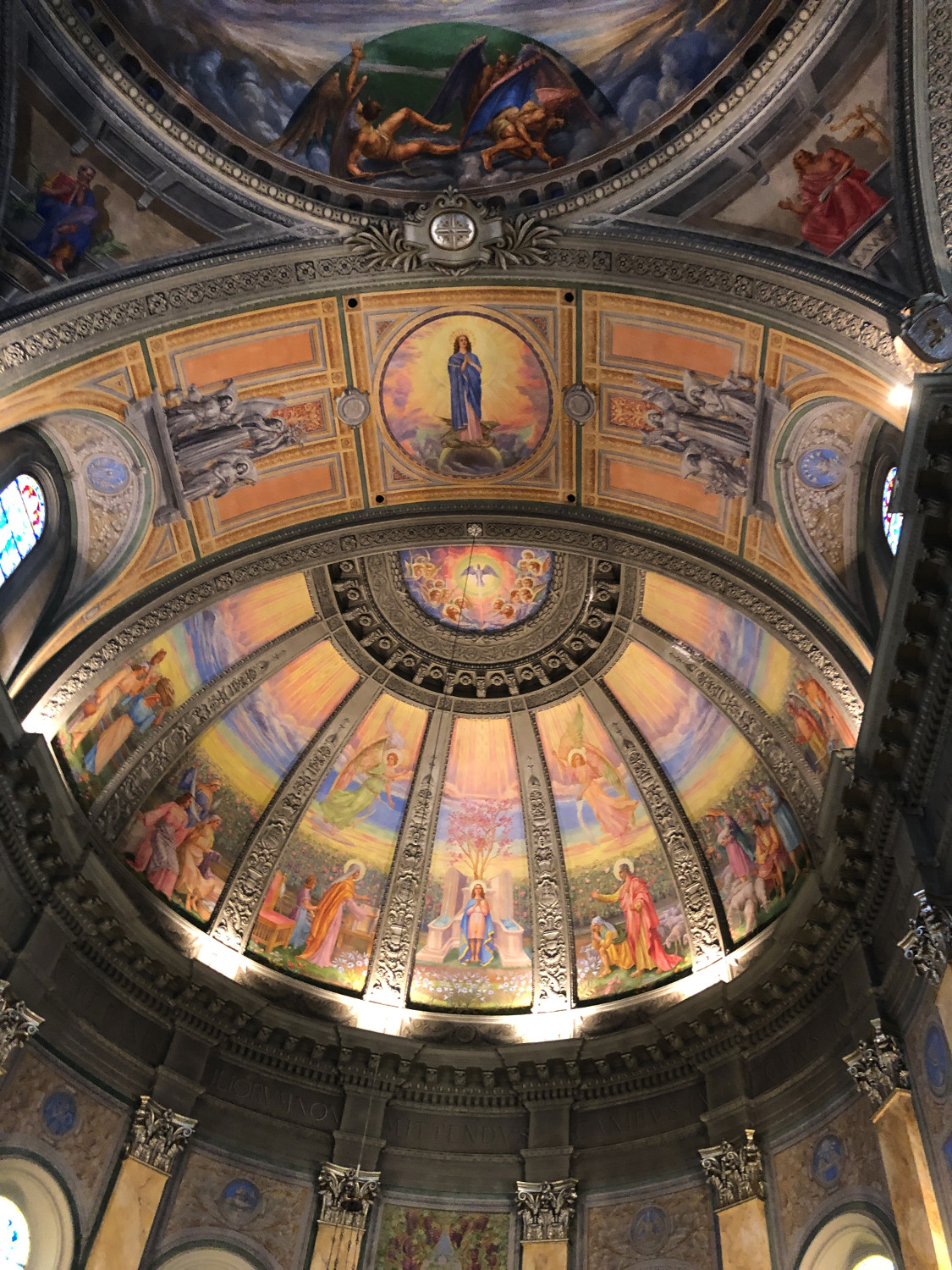
As our guide said, if this church were in Boston or New York, it would likely be world famous, but since it is tucked away in Woonsocket where few people visit, it persists in almost complete obscurity.
If you are anywhere in the New England area, you will not regret taking the time to see this. Guided tours are offered Sundays from 1-4 PM (and our guide was excellent). If you cannot visit, please consider contributing to the organization so future generations can continue to experience this wonder.
The St Ann Arts and Cultural Center
84 Cumberland Street
Woonsocket, Rhode Island 02895
http://www.stannartsandculturalcenter.org/
email: StAnnArtsCtr@aol.com
401-356-0713